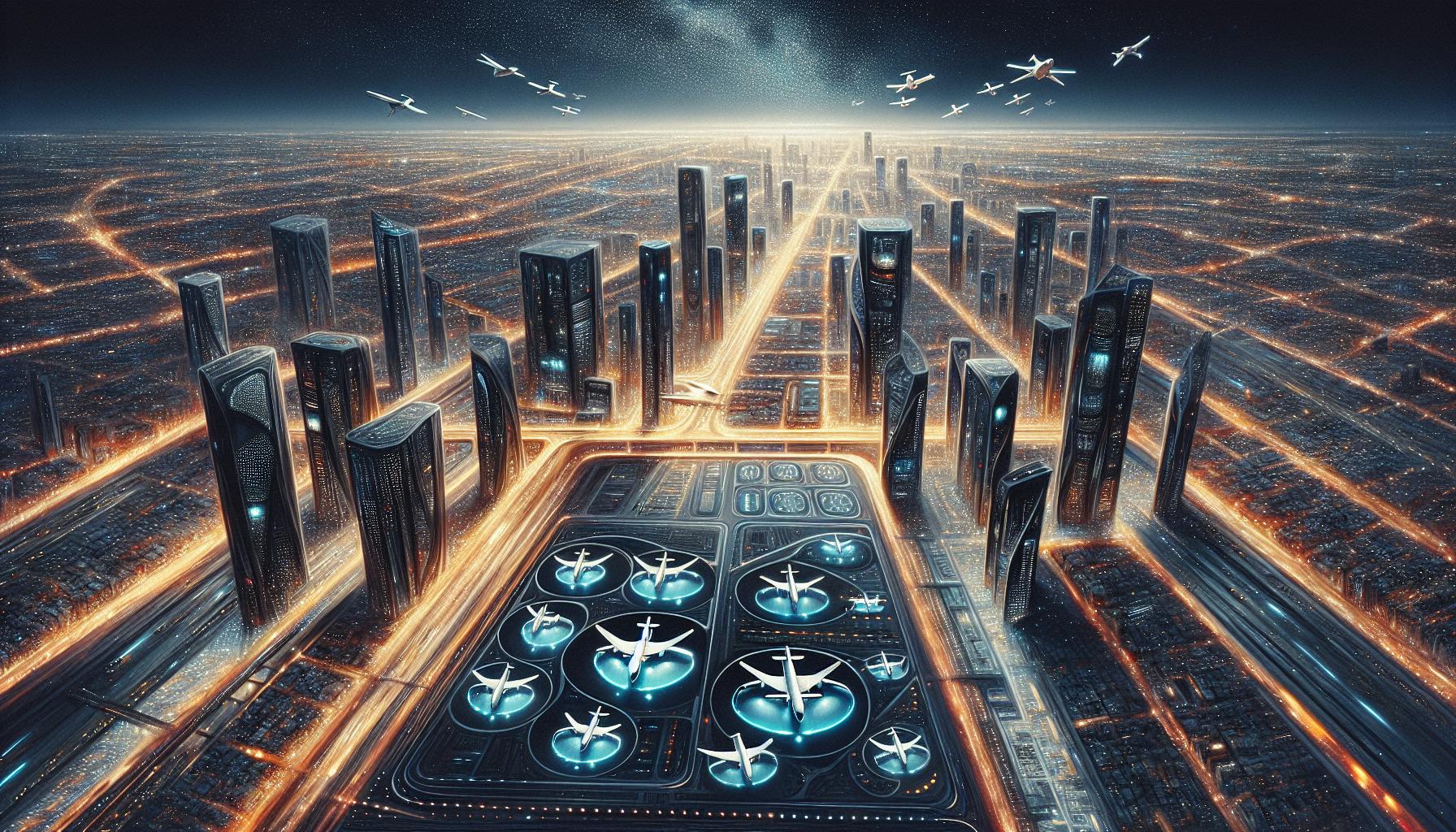A Revolutionary Trend in Transport: VTOL Aircraft’s Urban Air Mobility Potential
Vertical Takeoff and Landing (VTOL) aircraft have emerged as a promising solution to the growing challenges of urban transportation. With the rise of congestion, pollution, and limited infrastructure, the need for alternative modes of transportation has become increasingly evident. VTOL aircraft, also known as flying taxis, present a revolutionary trend in transport by offering a new dimension of mobility: the skies.
Examining the Advantages: The Strengths of Vertical Takeoff and Landing Aircraft
One of the major strengths of VTOL aircraft is their ability to take off and land vertically, eliminating the need for long runways or helipads. This allows them to operate in densely populated urban areas where space is limited. Additionally, VTOL aircraft have the advantage of being able to fly directly to their destination, bypassing traditional ground-based traffic. This not only saves time but also reduces congestion on the roads.
Another advantage of VTOL aircraft is their potential to be powered by electricity. This not only makes them more environmentally friendly, but also reduces noise pollution, making them more acceptable to residents in urban areas. Furthermore, the use of electric power provides an opportunity to transition to a more sustainable and clean transportation system.
Potential Challenges Ahead: The Weaknesses of Integrating VTOL into Urban Airspace
Despite the numerous advantages, there are several challenges that need to be addressed for successful integration of VTOL aircraft into urban airspace. One of the key challenges is the development of a safe and efficient air traffic management system. With the increasing number of flying taxis in the sky, it is essential to ensure that they can operate without compromising the safety of other aircraft and pedestrians on the ground.
Another challenge is the high cost of development and infrastructure required for VTOL operations. Building the necessary infrastructure, such as vertiports or landing pads, and maintaining a fleet of VTOL aircraft can be a significant investment. Additionally, there may be regulatory hurdles that need to be overcome to ensure the safe and efficient operation of VTOL aircraft.
Rising Opportunities: How VTOL Aircraft Could Transform Urban Transportation
The rise of VTOL aircraft presents numerous opportunities for transforming urban transportation. By utilizing the airspace, VTOL aircraft can significantly reduce travel times and provide a more efficient mode of transportation. This has the potential to revolutionize how people commute within cities, making it faster and more convenient. Moreover, VTOL aircraft could enable better connectivity between urban centers and surrounding areas, reducing the dependence on traditional road and rail networks.
VTOL aircraft also offer the opportunity to improve emergency response and medical services. With their ability to quickly reach any location, they can be used for medical evacuations or transporting critical supplies during emergencies. This can save precious time and potentially save lives in situations where every second counts.
Facing the Competition: Threats for VTOL in the Evolving Landscape of Urban Air Mobility
As VTOL aircraft continue to gain traction, they face competition from other players in the evolving landscape of urban air mobility. One of the main threats comes from traditional transportation modes, such as cars and public transport. While VTOL aircraft offer advantages in terms of speed and efficiency, they may struggle to compete with the convenience and affordability of existing ground-based transportation options.
Another threat comes from other emerging technologies, such as autonomous vehicles and hyperloop systems. These technologies aim to provide alternative modes of transportation that also address the challenges of congestion and limited infrastructure. The competition among these different technologies will shape the future of urban air mobility and determine the viability of VTOL aircraft as a mainstream mode of transportation.
In conclusion, VTOL aircraft have the potential to revolutionize urban transportation by providing a new dimension of mobility in the skies. Their strengths lie in their ability to take off and land vertically, their potential for electric power, and the opportunities they present for transforming urban transportation. However, challenges such as air traffic management and high costs need to be addressed. Additionally, VTOL aircraft face competition from traditional transportation modes and other emerging technologies. The future of urban air mobility will depend on how these challenges are overcome and how VTOL aircraft can differentiate themselves in the evolving landscape of transportation.













